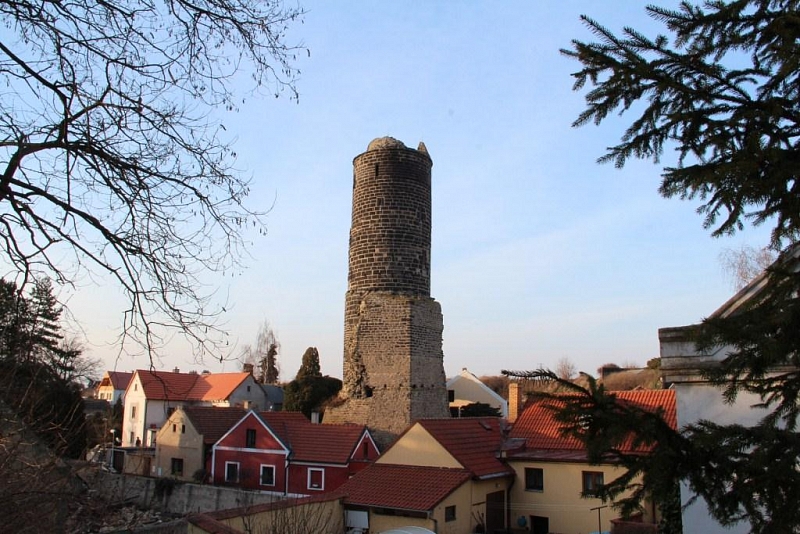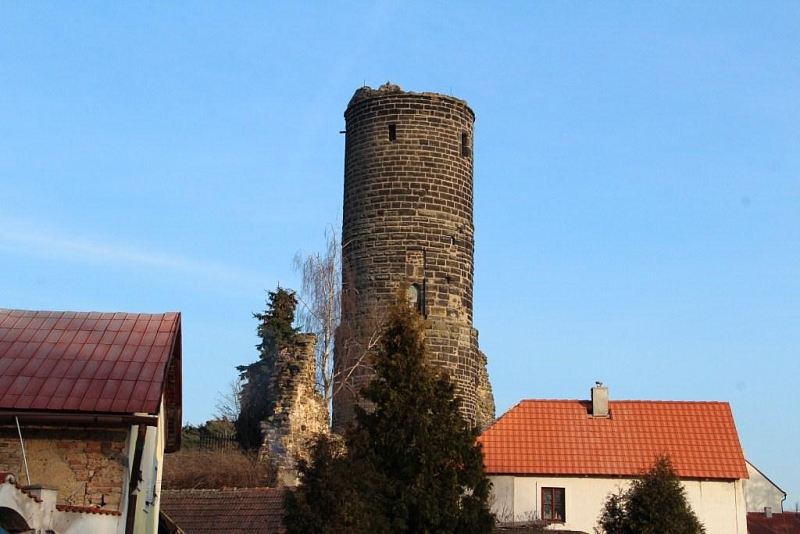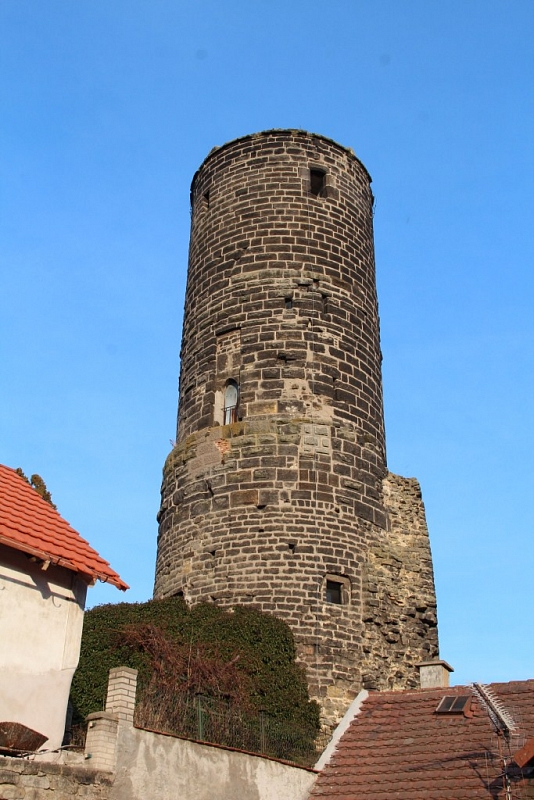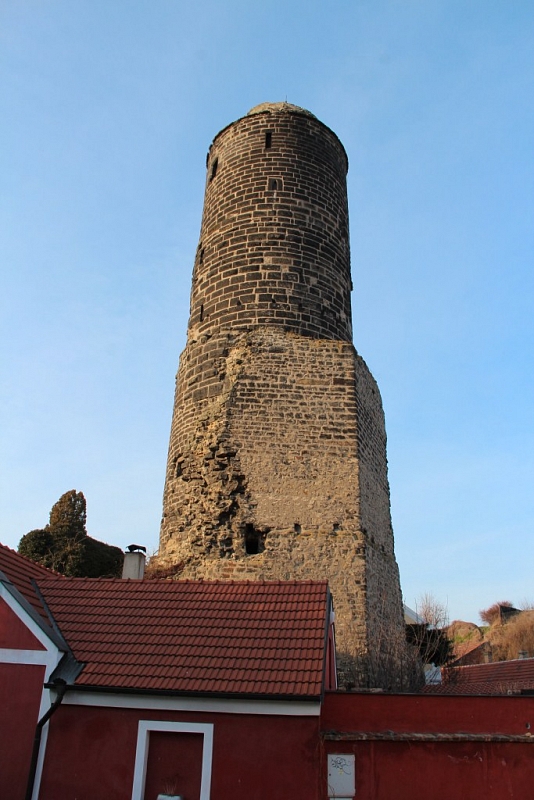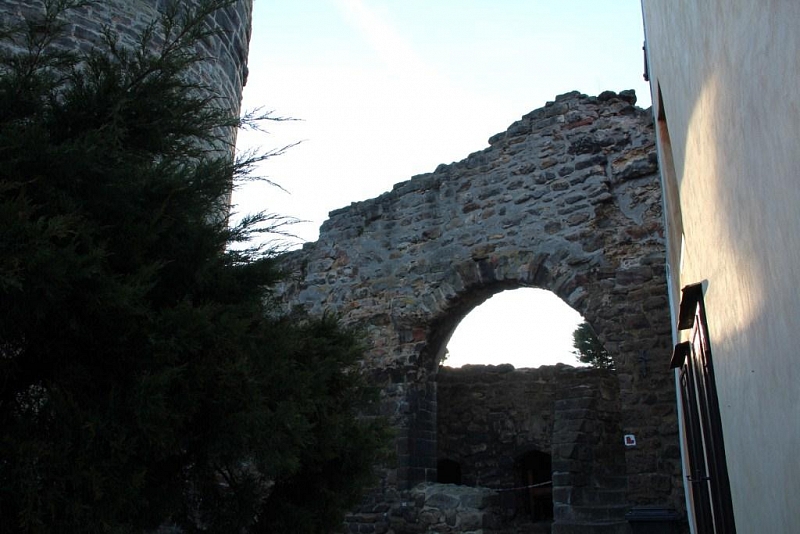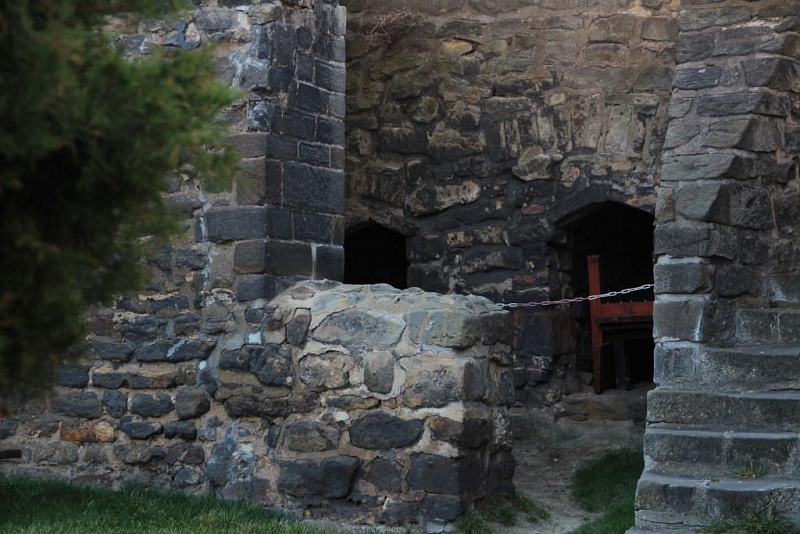Jenštejn
In the direction northeast of Prague, in the town of Jenštejn, we find the ruins of the castle of the same name, founded by the court judge Jenec of Janovice in the 1930s.
Information for visitors
Interesting facts Jenštejn
In 1368, it was owned by Pavel of Vlašim, whose son, Jan of Jenštejn, rebuilt the castle and turned it into a family seat. However, this important man in our history and the Archbishop of Prague, as a result of the disputes he had with King Wenceslas IV, eventually lost his seat, and in the following years Jenštejn Castle changed owners quite often.
However, Jenštejn Castle was not particularly large or important, so its owners did not invest significantly in it. Since Jenštejn became part of the Brandýs nad Labem estate in 1583, it has been abandoned and began to decay. The final blow was then dealt to him by the Thirty Years' War, during which it was destroyed in 1641 by Swedish troops.
During the 19th century and the beginning of the 20th century, a rural poor lived here and later its ruined masonry was used to build houses near the castle.
Jenštejn Castle was built at the end of a shallow valley, so its location was not very convenient and only water created its natural defense. From the south, this water castle was protected by a pond and from other parts of the world it was surrounded by a moat carved into the rock. Originally, Jenštejn had the form of a classic aristocratic residence with bergfrit.
The castle gained its greatest glory during the ownership of Jan of Jenštejn, who turned the castle into an extremely luxurious residence. It was possible to get through the moat from the fort to the core of the castle, which has not been preserved to this day. The courtyard had a triangular floor plan, which was surrounded on three sides by palace wings. Of these, only a torso has survived to the present day. One of the best-preserved parts of the ruins is a round corner tower, directly adjacent to the walls. The entire floor of one of the floors is occupied by a chapel, vaulted with a cross vault and terminated by a polygonal presbytery.
Author: Andrea Štyndlová
